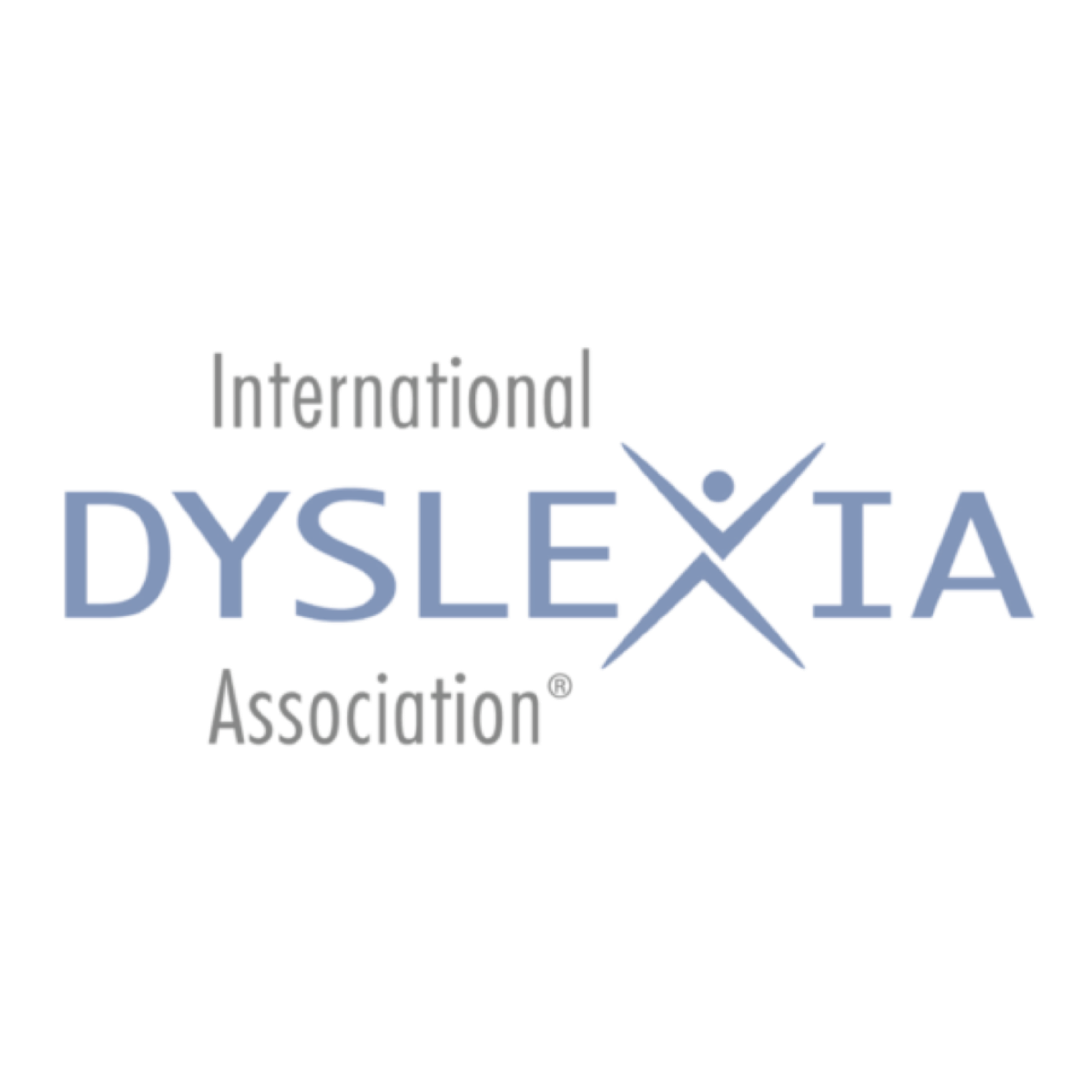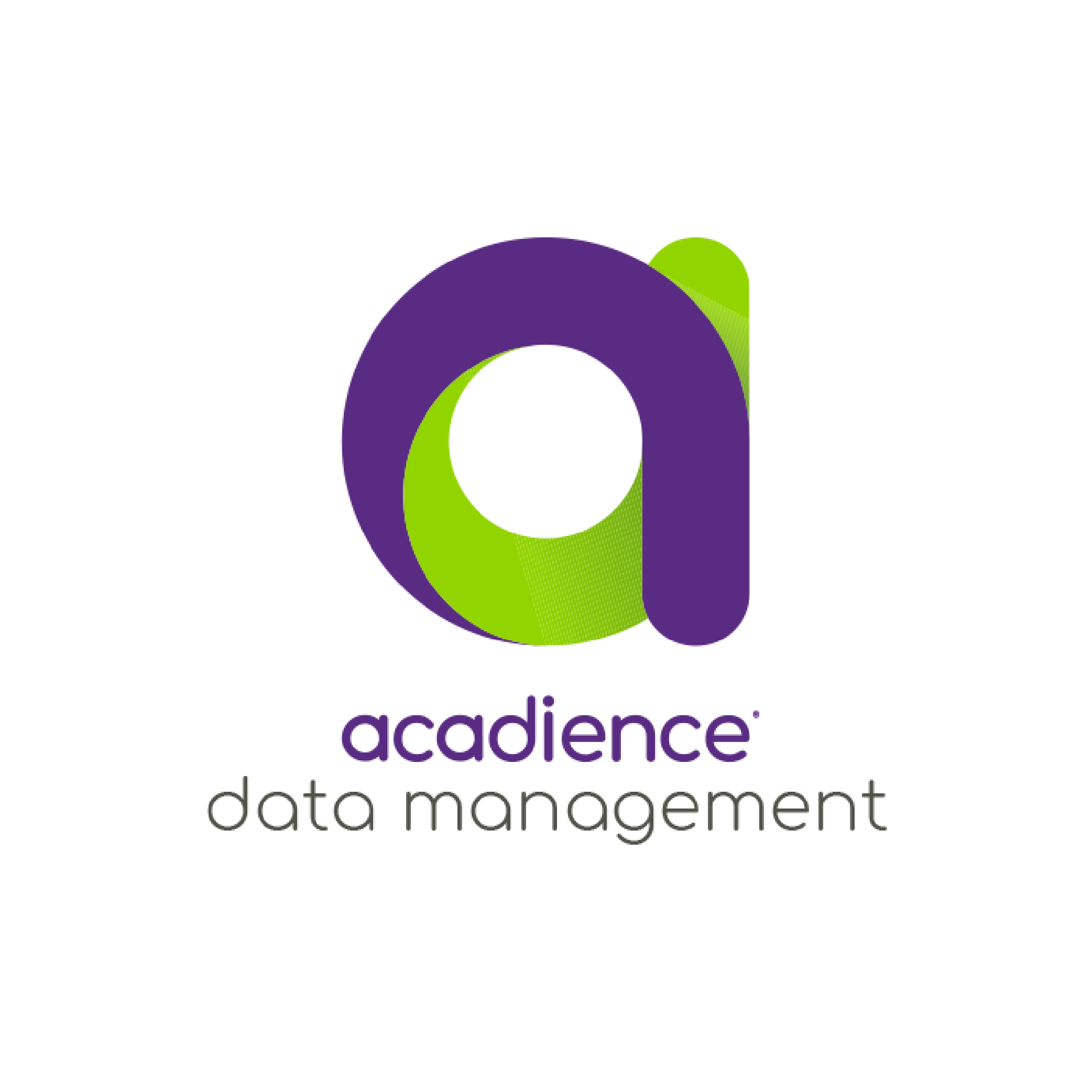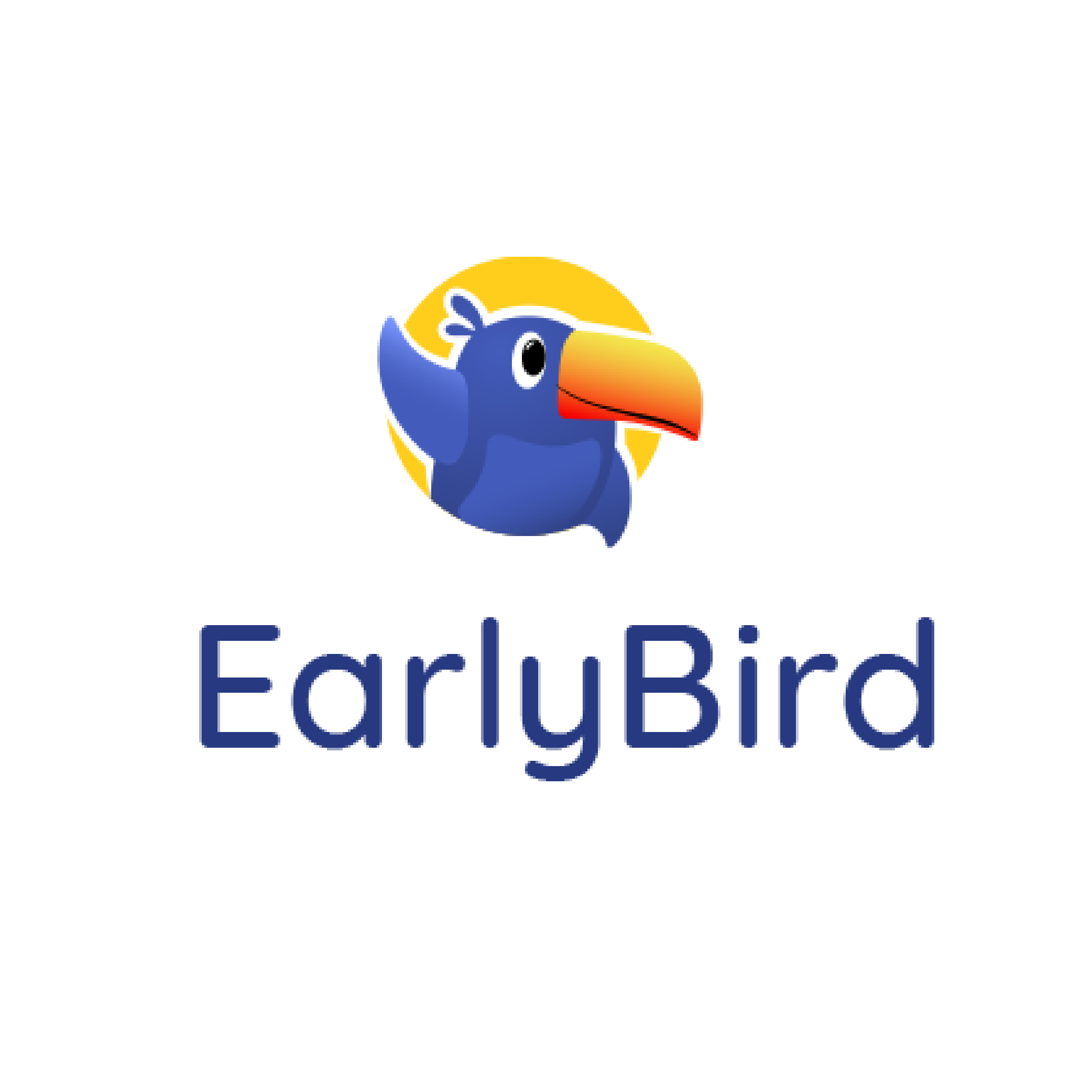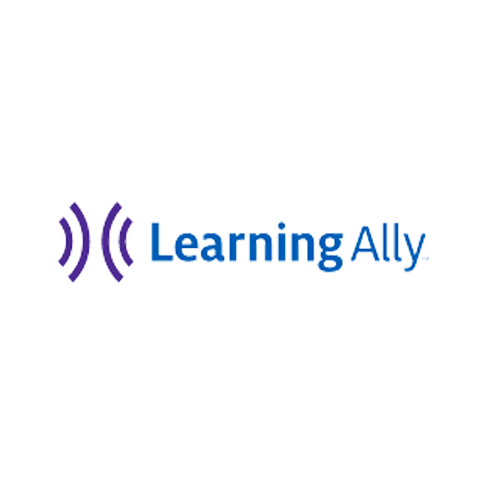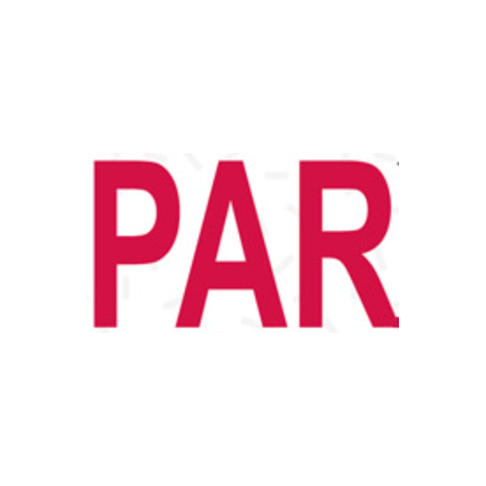Orton-Gillingham and Dyslexia
The Orton-Gillingham Approach was developed in the 1930s and 1940s for students who had been identified with “word-blindness,” what we know today as dyslexia.
What Is Dyslexia?
According to The International Dyslexia Association, “Dyslexia is a specific learning disability that is neurobiological in origin. It is characterized by difficulties with accurate and/or fluent word recognition and by poor spelling and decoding abilities. These difficulties typically result from a deficit in the phonological component of language that is often unexpected in relation to other cognitive abilities and the provision of effective classroom instruction. Secondary consequences may include problems in reading comprehension and reduced reading experience that can impede growth of vocabulary and background knowledge.”
Dyslexia is a multi-faceted, life-long neurological condition that combines auditory, memory, and language-based learning difficulties. People with dyslexia lack the basic phonemic awareness that most individuals have, and they may have a hard time with reading comprehension, spelling, writing, vocabulary, and fluency. It is referred to as a learning disability because dyslexia can make it very difficult for a child to succeed academically in a typical classroom setting.
The exact causes of dyslexia are not completely clear, but brain imagery studies have shed light on the differences in brain development and functions between people who have dyslexia and those who do not.
of the U.S. school population has dyslexia
of individuals who have been diagnosed with attention deficit and hyperactivity disorder (ADHD) also have dyslexia
of students who have dyslexia are properly identified and given support
Early Signs of Dyslexia
Early identification of dyslexia leads to essential prevention strategies and interventions that give children the resources they need to understand dyslexia and become life-long readers.
The primary school years (grades PreK-2) in traditional education are often firmly rooted in a “learning to read” approach. From third grade on, instruction will focus on a “read to learn” process, wherein students are expected to apply known decoding strategies automatically and accurately to read with improved fluency. When a child is struggling with the development of reading skills in the early years, it is essential to conduct frequent screening to identify those who may be at risk for reading problems.

Early warning signs of dyslexia include:
- Frequent spelling mistakes
- Letter or number reversals after first grade
- Slow, choppy reading
- Guessing after repeated exposure to letters or words
- Poor comprehension
- Poor memory for sight words (they, were, does)
- Difficulty following instructions with multiple steps
- Trouble memorizing math facts
Screening can be administered as early as preschool. It should check for developmental skills in the essential areas of reading, including phonological awareness, letter-sound association, blending, word recognition fluency, word identification, vocabulary, oral reading fluency, and comprehension. If specific warning signs are present, screening or evaluation will identify strengths and weaknesses and assist in recommending strategies and supports that may prevent further reading gaps from developing over time.
Universal Screening and Curriculum-based Measurement Tool Resources:
How Does Orton-Gillingham Help Students with Dyslexia?
In the 1930s, neuropsychiatrist and pathologist Dr. Samuel T. Orton and educator, psychologist Anna Gillingham developed the Orton-Gillingham approach to reading instruction for students with “word-blindness,” which would later become known as dyslexia. Their approach combined direct, multi-sensory teaching strategies paired with systematic, sequential lessons focused on phonics that included the use of auditory, visual, and kinesthetic channels. A multi-sensory approach means students are learning language by ear (listening), mouth (speaking), eyes (seeing), and hand (writing). The process involves listening to sounds and saying the sounds and names of letters while writing them.
There is no cure for dyslexia, but the use of practices such as Orton-Gillingham has been proven to increase reading and writing scores for students who struggle with this learning disability. The Orton-Gillingham approach is geared towards students individually to help dyslexic students overcome their literacy struggles. By using multisensory tools to teach phonics sequentially, students are able to learn cognitively and become more confident in their reading, writing, and language skills.
See Orton-Gillingham as a Part of Structured Literacy Training in Action
Structured Literacy can ensure that students are equally exposed to important foundational literacy skills in a sequential, systematic, and cumulative way.

